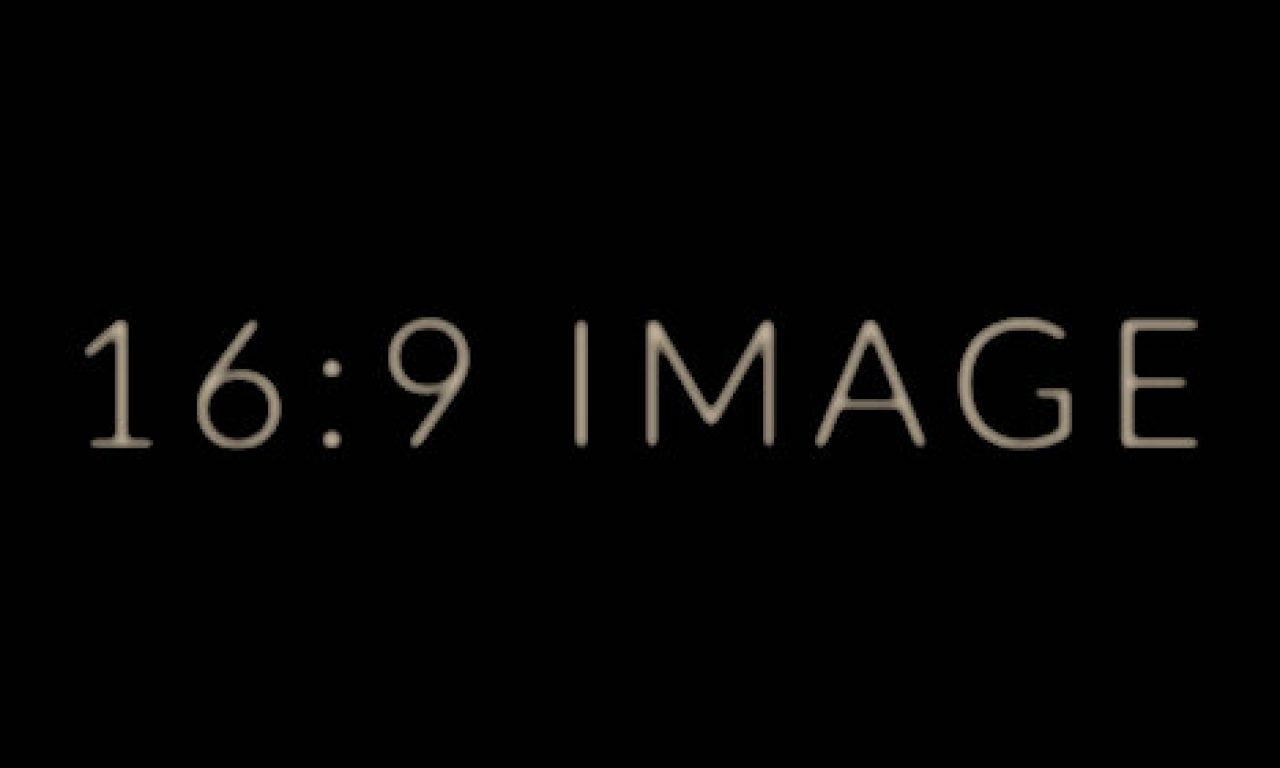[et_pb_section][et_pb_row][et_pb_column type=”4_4″][et_pb_divider admin_label=”Divider” color=”#ffffff” show_divider=”off” height=”30″ /][et_pb_text admin_label=”Text” background_layout=”light” text_orientation=”left”]
QUEENSLAND INVESTMENT CORPORATION
[/et_pb_text][/et_pb_column][/et_pb_row][et_pb_row][et_pb_column type=”1_3″][et_pb_image admin_label=”Image” src=”http://shedsocial.com.au/wp-content/uploads/2015/06/QIC.jpg” show_in_lightbox=”off” url_new_window=”off” animation=”left” sticky=”off” /][/et_pb_column][et_pb_column type=”2_3″][et_pb_text admin_label=”Text” background_layout=”light” text_orientation=”left”]
QIC’s bonus click-thrus for native advertising campaign
Advertising and editorial (public relations) promotions remain an inexact science notwithstanding the leaps and bounds which have occurred due to digital analytics.
It may be, generally, more exact information than print advertising and editorial, but some online media are better than others at proving their impact. And some of the ‘others’ are not much better than print.
One of the issues is: how do you assess click-thru rates? Seasoned digital campaigners among the big advertising agencies now discount the click-thru figures provided by Google Analytics and also other (more accurate) providers because they realize they don’t tell the full story about a campaign’s success.
For instance, a snappy or sensational headline or an attractive photo can significantly alter the click-thru rate on an editorial or native advertising item. The social media world is full of jargon and a new jargon term has popped up to describe promoters who use gimmicks such as attractive photos – for example, kittens – to lure readers to click on an item. They are ‘bottom feeders’, i.e. engaged in unsustainable practices.
Nevertheless, honestly compiled click-thru numbers do provide a useful guide to the penetration achieved through an online and/or social media campaign. It may not be the full story, but it’s a guide. Reader surveys and additional information, such as ‘forward rates’, which are obtainable from Brandmail and other providers, can help fill out the true picture.
In this example, QIC, which is one of the largest institutional fund managers in Australia, managing more than $70 billion in super fund assets around the world across a variety of asset classes, booked a campaign in Investor Strategy News covering native advertising and traditional online display advertising. This is a brief analysis of two months of that campaign.
Live examples:
QIC native advertising posts to Shed Social Linkedin connections:
April 18: ‘Why housing market is just a ripple’, 286 page views, 10 likes,
March 19: ‘Why alpha is the new black, and how to get it’, 174 page views, 5 likes.
ISN Newsletter click-thrus from the newsletter, from a 100-word introduction from “co-published by QIC” item on the newsletter (i.e ‘qualified sales leads’):
April 16: ‘Why housing market is …,’ 184 click-thrus,
March 16: ‘Why alpha is the new black…’ 107 click-thrus.
ISN web site click-thrus to the same “co-published by QIC” items, according to Google Analytics (i.e. including both clicks via the newsletter and clicks direct to the site):
Week to April 20: 7,014 page views from 2, 282 unique users
Week to March 19: 6,903 page views from 2,172 unique users.
ISN newsletter and web site clicks on QIC concurrent advertising: median per week in March and April, 2015: 23 clicks (these would be regarded as highly qualified leads).
Note 1: A major benefit with click-thrus from a newsletter over both Linkedin and direct to the web site (Google Analytics), however, is that with easily obtained tools (Shed Social and ISN both use Brandmail) you can see precisely who clicked-thru to the full story and, therefore, have access to a contact email address and often other information, subject to Privacy regulations. You know, too, that the rest of the email database has been able to read the full 100-word introductory paragraph, plus has been able to click-thru to a client’s display advertising on the site.
Note 2: The potential institutional client base of a big fund manager in Australia is fewer than 100 clients, consisting of big super funds, government and insurance funds and multi-managers. However, these organizations account for approximately $800 billion in institutional assets, including more than one-third of all superannuation assets. The numbers generated by QIC’s campaign – no matter how inexact they may be – therefore look very good in raw terms. Because a significant group within those numbers are readily identifiable, their capture looks like very good value.
[/et_pb_text][/et_pb_column][/et_pb_row][/et_pb_section]

